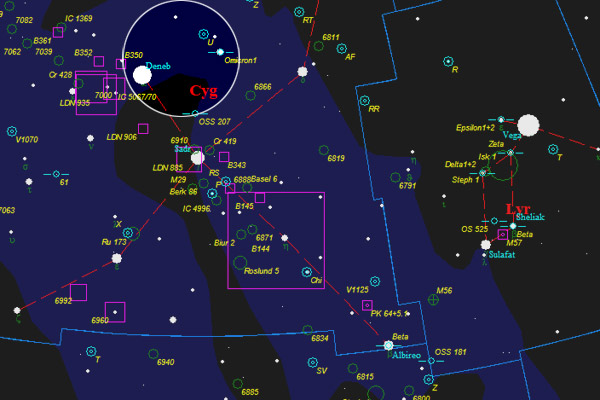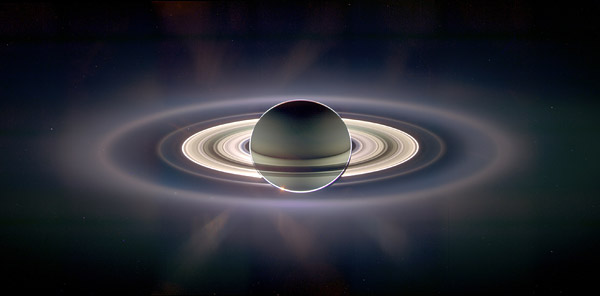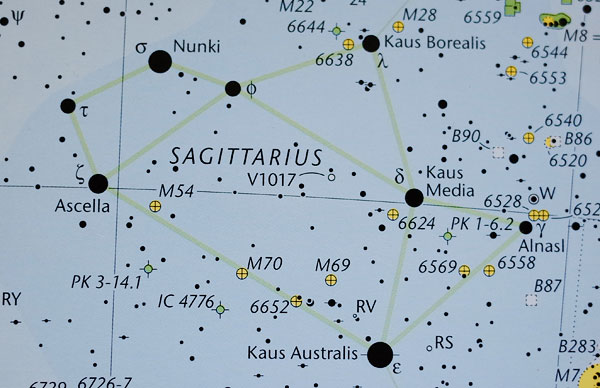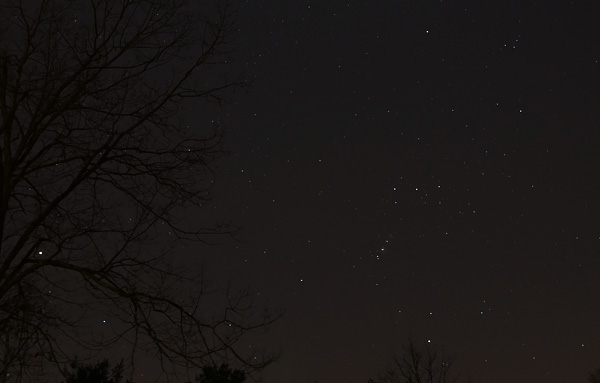
Annotated finder chart for Omnicron Cygni. Original chart from TUBA
These last nights, though brightened by the full moon, have been clear, cool, and relatively free of bugs and so as tends to be the case this time of year I find myself drawn to spending more time under the night sky.
Moonlit nights are a good time for observing double stars as the brightened sky does little to diminish their beauty. Out I went with my 60mm scope and copy of Double Stars for Small Telescopes to explore Cygnus.
With Deneb (Alpha Cygni) shining bright near the zenith I pointed my telescope roughly towards the tail of the swan and looked through the 6×30 finder. I was surprised to see what appeared to be a wide double star with a striking color contrast.


